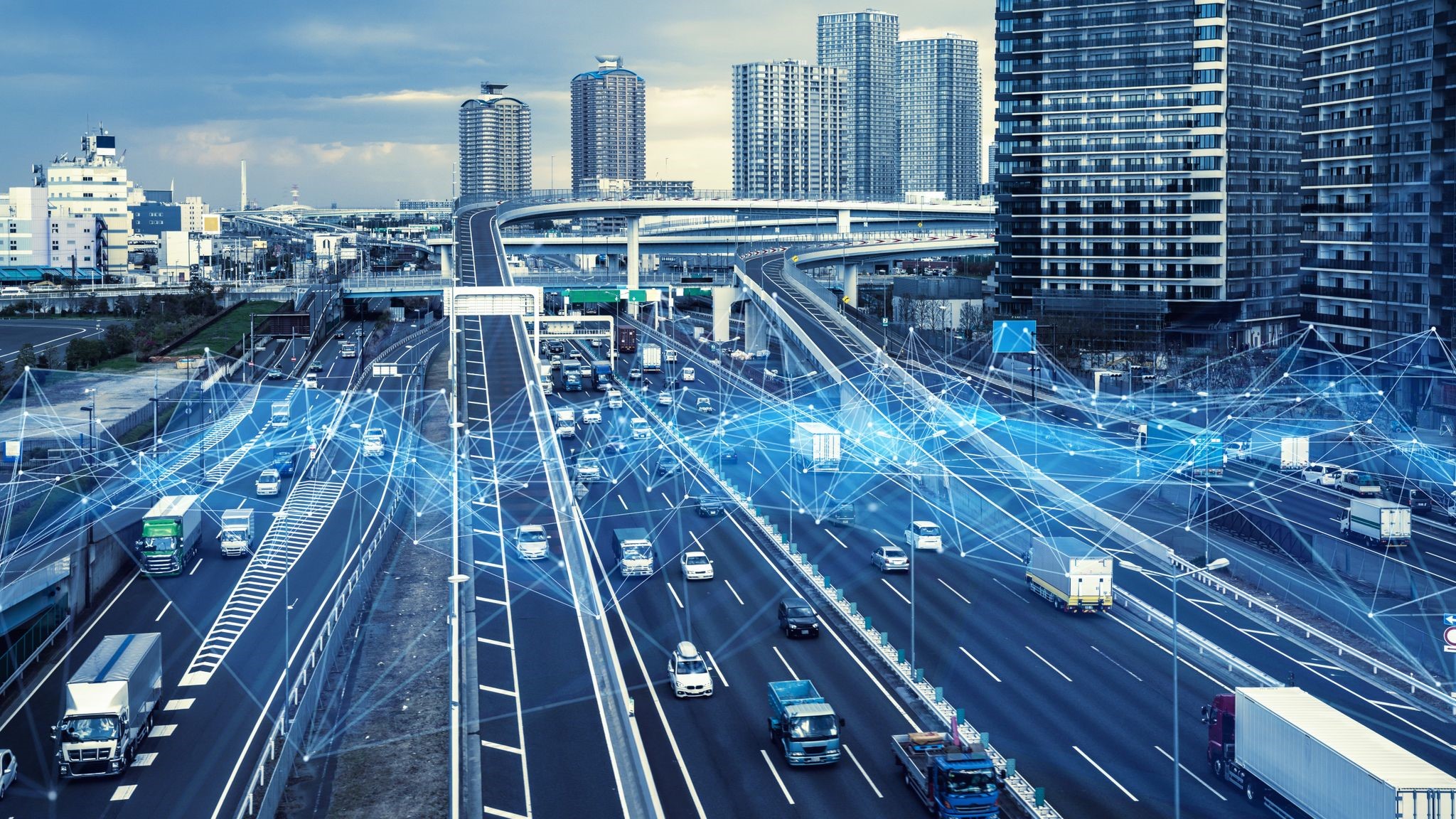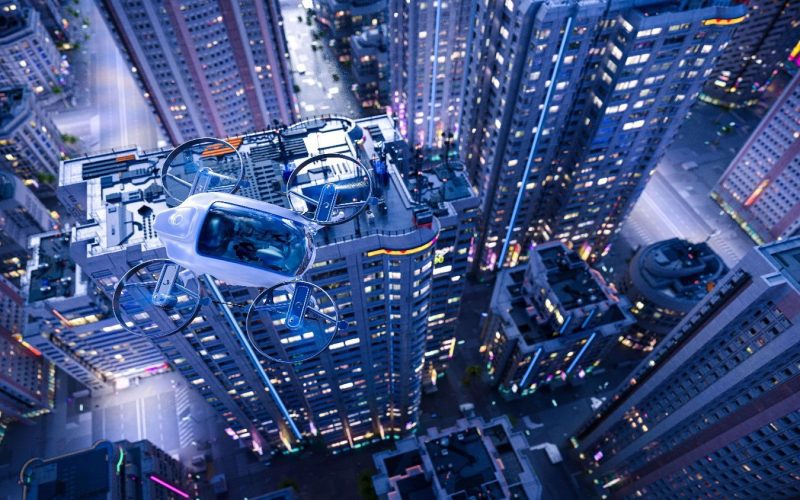Urban transportation is on the brink of a transformative era. As cities around the globe continue to grow, the demand for efficient, sustainable, and innovative transportation solutions has never been greater. The future of urban transportation promises to address these needs through advancements in technology, infrastructure, and policy. This article delves into the key trends and developments shaping the future of urban mobility, focusing on autonomous vehicles, electric transportation, shared mobility, and smart infrastructure.
Autonomous Vehicles: Driving into the Future
Autonomous vehicles (AVs) are expected to play a pivotal role in the future of urban transportation. These self-driving cars, buses, and shuttles have the potential to revolutionize the way we commute, offering numerous benefits such as reduced traffic congestion, enhanced safety, and increased accessibility.
One of the primary advantages of AVs is their ability to reduce human error, which is a leading cause of traffic accidents. With advanced sensors, machine learning algorithms, and real-time data processing, AVs can navigate complex urban environments with precision, significantly lowering the risk of collisions. Moreover, the widespread adoption of AVs could lead to more efficient traffic flow, as these vehicles can communicate with each other to optimize routes and reduce congestion.
In addition to improving safety and efficiency, AVs can also enhance accessibility for individuals with disabilities and the elderly, providing them with greater independence and mobility. Companies like Waymo, Tesla, and Uber are already making significant strides in developing and testing autonomous vehicles, bringing us closer to a future where self-driving cars are a common sight on city streets.
Electric Transportation: Powering a Sustainable Future
As concerns about climate change and air pollution continue to rise, the shift towards electric transportation is gaining momentum. Electric vehicles (EVs), including cars, buses, and bikes, offer a cleaner and more sustainable alternative to traditional fossil fuel-powered transportation.
EVs produce zero tailpipe emissions, reducing the overall carbon footprint of urban transportation and improving air quality in cities. Governments and municipalities worldwide are recognizing the importance of this transition and are implementing policies and incentives to encourage the adoption of electric vehicles. For instance, many cities are investing in the development of EV charging infrastructure, providing subsidies for EV purchases, and imposing stricter emissions regulations on conventional vehicles.
Public transportation systems are also embracing electrification. Electric buses, for example, are becoming increasingly popular due to their lower operating costs and environmental benefits. Cities like Shenzhen in China have already transitioned their entire bus fleet to electric, setting a precedent for other urban centers to follow.

Shared Mobility: Redefining Urban Commutes
Shared mobility services, such as ride-hailing, car-sharing, and bike-sharing, are transforming the way people move around cities. These services offer flexible and cost-effective alternatives to private car ownership, reducing the number of vehicles on the road and alleviating traffic congestion.
Ride-hailing platforms like Uber and Lyft have disrupted traditional taxi services, providing users with convenient and affordable transportation options. Car-sharing services, such as Zipcar and Car2Go, allow users to rent vehicles on an as-needed basis, eliminating the costs and responsibilities associated with owning a car. Meanwhile, bike-sharing programs, like those offered by Lime and Citi Bike, promote active transportation and provide a sustainable solution for short-distance travel.
The rise of shared mobility is also fostering the development of Mobility-as-a-Service (MaaS) platforms, which integrate various transportation modes into a single, user-friendly app. These platforms enable users to plan, book, and pay for their trips seamlessly, encouraging the use of public transit and other shared mobility options. By reducing reliance on private cars, shared mobility can contribute to more sustainable and efficient urban transportation systems.
Smart Infrastructure: Building the Cities of Tomorrow
The future of urban transportation is closely tied to the development of smart infrastructure. Smart cities leverage advanced technologies, such as the Internet of Things (IoT), artificial intelligence (AI), and big data, to create interconnected and intelligent transportation networks.
Smart traffic management systems, for example, use real-time data from sensors and cameras to monitor traffic conditions and optimize signal timings, reducing congestion and improving traffic flow. Intelligent transportation systems (ITS) can also provide real-time information to commuters, helping them make informed decisions about their travel routes and modes of transportation.
In addition to traffic management, smart infrastructure encompasses the development of connected and autonomous vehicle (CAV) corridors, which facilitate the safe and efficient operation of AVs. These corridors are equipped with communication technologies that enable vehicles to interact with each other and with the surrounding infrastructure, enhancing safety and efficiency.
Furthermore, the integration of renewable energy sources, such as solar and wind power, into transportation infrastructure can support the widespread adoption of electric vehicles. Solar-powered EV charging stations, for instance, provide a sustainable and off-grid solution for recharging electric vehicles, reducing the strain on urban power grids.
Policy and Regulation: Paving the Way for Innovation
The successful implementation of these advancements in urban transportation requires supportive policies and regulations. Governments and municipalities play a crucial role in fostering innovation and ensuring the safe and equitable deployment of new transportation technologies.
Policymakers must establish clear and consistent regulations for autonomous vehicles, addressing issues such as safety standards, data privacy, and liability. Additionally, incentives and subsidies for electric vehicles and charging infrastructure can accelerate the transition to cleaner transportation options.
Collaboration between public and private sectors is also essential. Public-private partnerships can drive the development of smart infrastructure projects, shared mobility services, and innovative transportation solutions. By working together, stakeholders can create integrated and sustainable urban transportation systems that benefit all residents.
Conclusion: Embracing the Future of Urban Transportation
The future of urban transportation is an exciting and dynamic landscape, characterized by rapid advancements in technology, infrastructure, and policy. Autonomous vehicles, electric transportation, shared mobility, and smart infrastructure are poised to revolutionize the way we move around cities, offering safer, more efficient, and sustainable solutions.
As cities continue to grow and evolve, embracing these innovations will be crucial in addressing the challenges of urban mobility. By fostering collaboration, investing in smart infrastructure, and implementing supportive policies, we can pave the way for a future where urban transportation is more accessible, sustainable, and efficient for all. The journey towards this future has already begun, and the possibilities are limitless.











